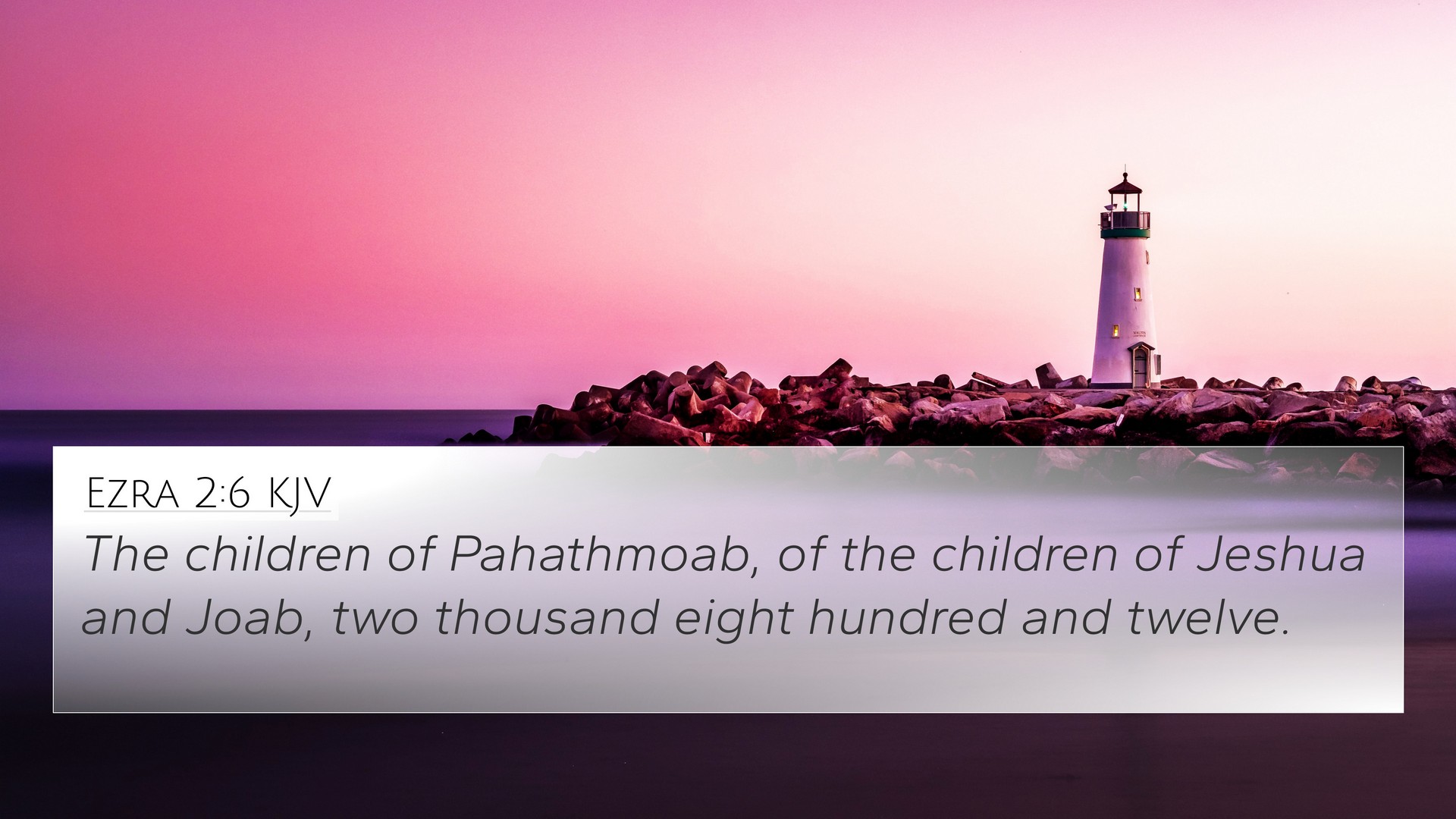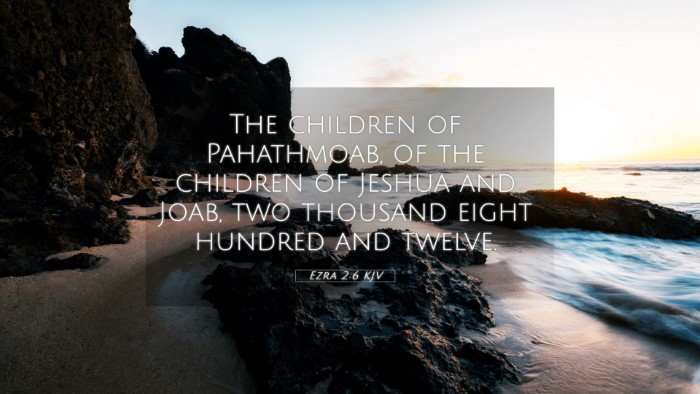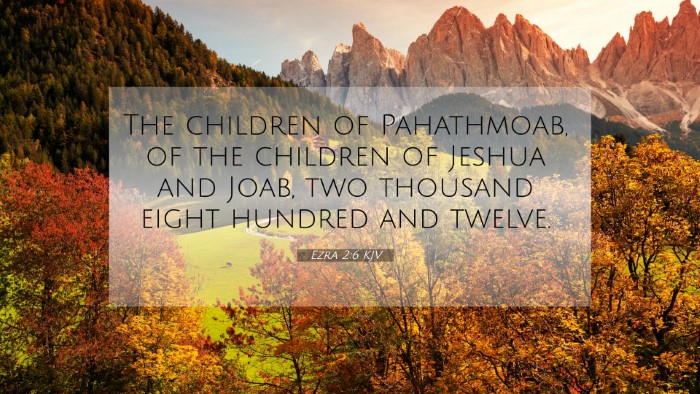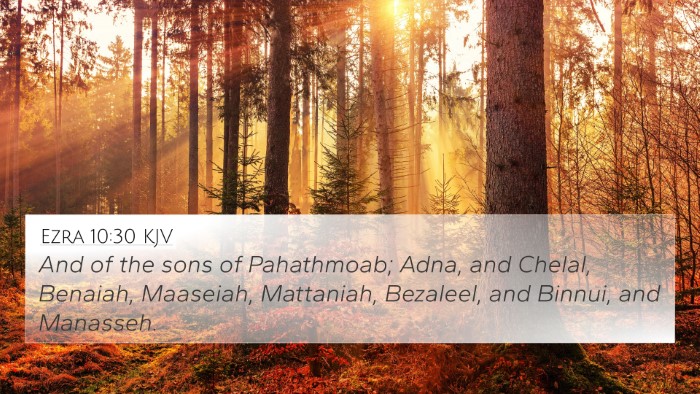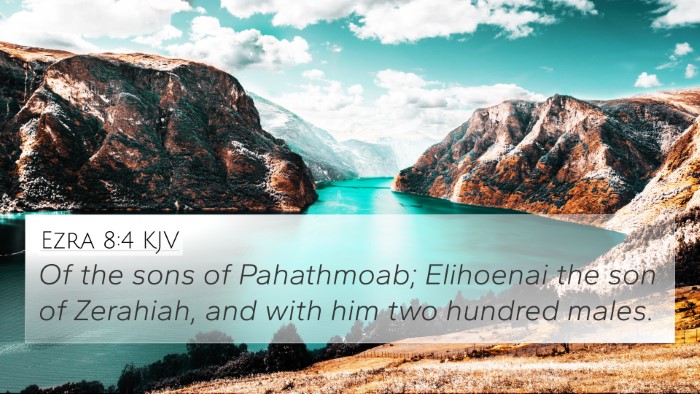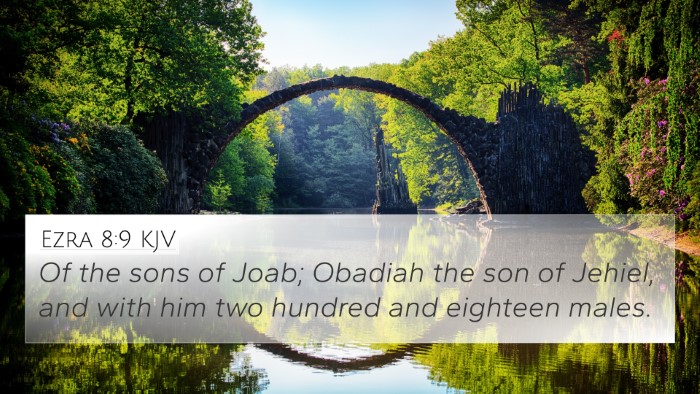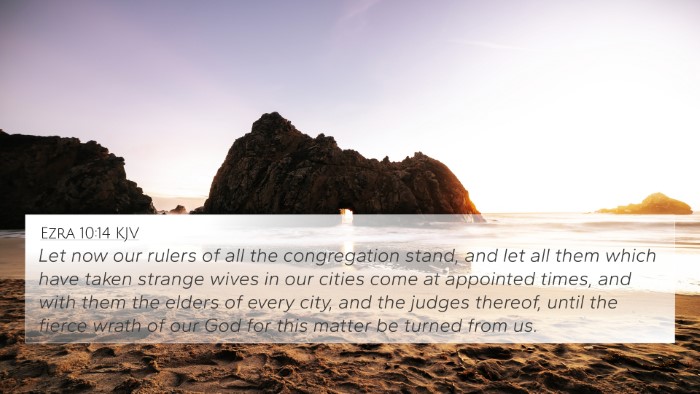Understanding Ezra 2:6
Ezra 2:6: "The children of Pahathmoab, of the children of Jeshua and Joab, two thousand eight hundred and twelve."
The verse from Ezra 2:6 lists a specific group of returning exiles from Babylonian captivity, emphasizing the organization and numbering of the people who were restored to their homeland. This enumeration serves not only as a historical record but also as a reflection of God's faithfulness in restoring His people. The emphasis on names and numbers highlights the communal identity and the significance of each person in God's redemptive plan.
Insights from Public Domain Commentaries
- Matthew Henry: Henry notes the importance of the returning exiles, emphasizing that their lineage and numbers signify their identity as God's chosen people. The listing of specific clans serves to remind the community of its heritage and God's promises.
- Albert Barnes: Barnes elaborates on the historical context, explaining that such records were common in ancient documents to validate claims of lineage and heritage. The mention of Jeshua and Joab associates the list with prominent leaders, suggesting that their return is a fulfillment of God's covenant to restore Zion.
- Adam Clarke: Clarke provides insight into the social structure of the returnees and relates this to the broader theme of restoration and renewal. He points out that their number, 2,812, indicates not only the physical return but also the spiritual revival of a people who once faced exile.
Cross-References and Thematic Connections
This verse connects to several other scriptures, which provide a deeper understanding of its significance:
- Nehemiah 7:6-8: Another accounting of the exiles returning under Nehemiah's leadership, reaffirming the continuity of God's plan for Jerusalem.
- Isaiah 44:28: Prophecy regarding the restoration of Israel, highlighting God's sovereignty in history.
- Jeremiah 29:10: God's promise of restoration after the period of exile, setting the stage for the return seen in Ezra.
- Ezra 1:2: King Cyrus' decree allowing the Jews to return to Jerusalem fulfilled God's prophetic words through Jeremiah.
- Zecharaiah 8:7-8: A vision of God's people returning to their land, reinforcing the hope of restoration and peace.
- Psalm 126:1-3: A reflection on the joy of returning from captivity, connecting with the emotional aspect of the returnees.
- Leviticus 25:10: The principle of Jubilee, illustrating God's desire for restoration and reclaiming lost land and people.
- Matthew 1:12: The mention of notable ancestors, illustrating the significance of lineage that connects to the Davidic line leading to Jesus.
- Romans 11:26: Paul speaks of Israel's eventual restoration, linking back to the initial hope seen in the Old Testament.
Significance of Numbers and Structure
The specific number, 2,812, can also be viewed through a symbolic lens. Numbers in biblical texts often hold greater significance, with interpretations relating to completeness, God's order, and the new beginnings for Israel as they reintegrate into the Promised Land. Furthermore, understanding the familial and tribal divisions is crucial as they delineate the specific priestly and lay families playing roles in the restoration of Jerusalem.
Applications for Cross-Referencing and Study
For those interested in deeper Bible study, utilizing tools for cross-referencing can enhance the understanding of how Ezra 2:6 fits into the larger biblical narrative. Here are some suggestions:
- Bible Concordance: A comprehensive index of words and topics to find corresponding verses quickly.
- Bible Cross-Reference Guide: Useful for locating verses that relate to specific themes, ideas, or events.
- Cross-Reference Bible Study: A method of comparing scripture, enhancing understanding of biblical connections.
- Comprehensive Bible Cross-Reference Materials: Additional resources to provide explanations and links between biblical texts.
Conclusion
Ezra 2:6 serves as a vital link in the narrative of restoration for Israel, encapsulating themes of identity, community, and God's faithfulness. It stands as a testament to the enduring nature of God's promises through history. In studying this verse in conjunction with its cross-references, believers can deepen their understanding of God's ongoing work throughout scripture and its implications for their faith today.
